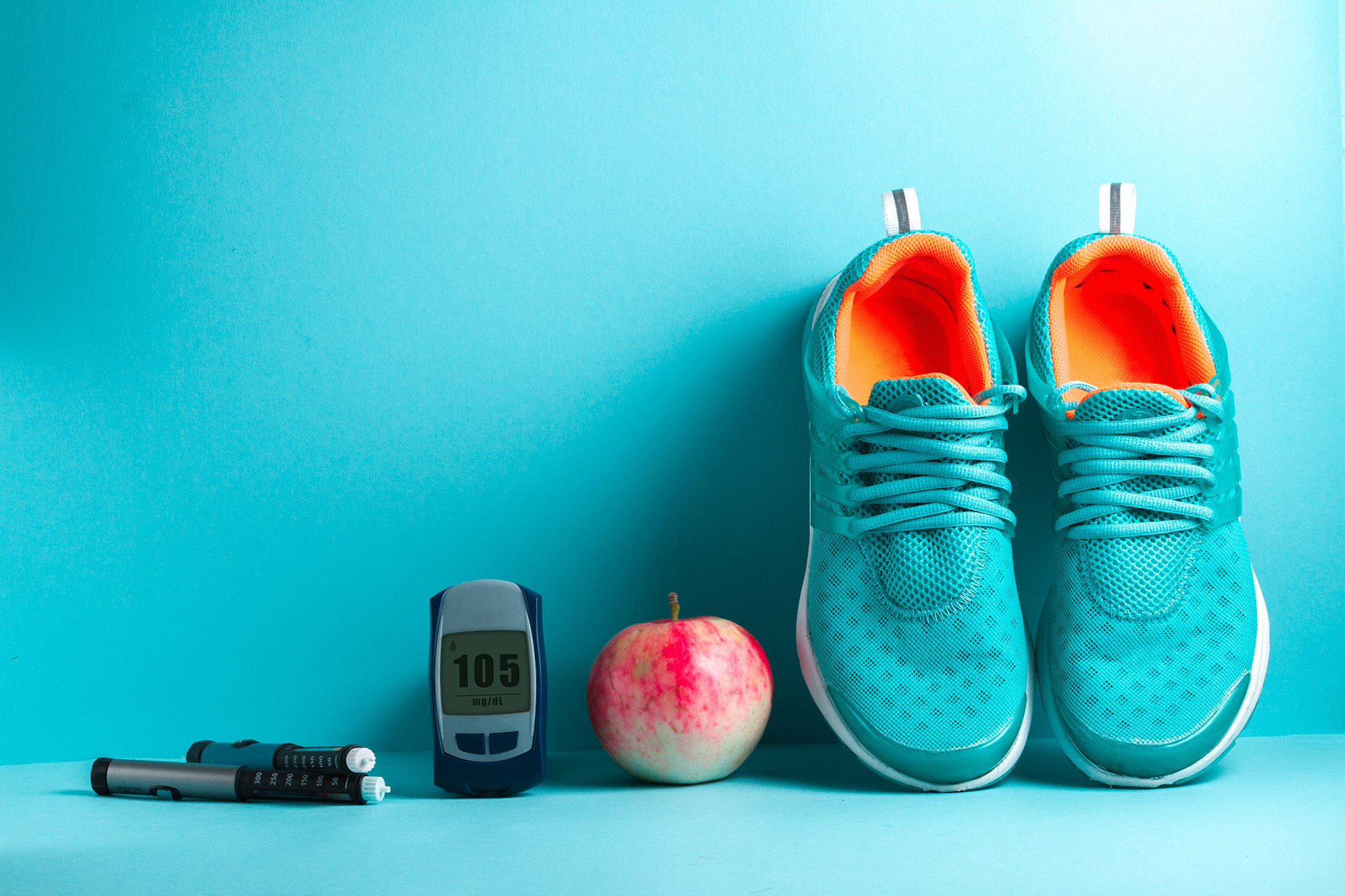
If you’re exploring the best yoga poses for diabetes, you’re in the right place. Our curated selection of yoga poses is specially designed to aid in controlling and potentially alleviating Type 2 Diabetes symptoms.
Yoga, an ancient discipline originating from Asia and India, combines scientific principles beneficial in preventing, managing, and treating various diseases, including both Type 1 and Type 2 Diabetes. Research indicates yoga’s effectiveness in enhancing insulin sensitivity and supporting overall diabetes management.
Yoga’s holistic approach not only focuses on physical wellness but also emphasizes mental health, making it a comprehensive practice for managing diabetes. By stimulating insulin production through specific poses that target the pancreas and reducing stress levels, yoga offers a dual approach to diabetes care. Beyond diabetes, it’s effective in managing chronic conditions like hypertension and thyroid issues.
Getting Started with Yoga for Diabetes
Embracing yoga as part of your wellness routine involves a commitment to both physical and mental health. Beginners should start slowly, gradually increasing the duration and intensity of their practice under the guidance of a qualified instructor. Consistently practicing yoga for about 45-50 minutes daily can yield significant benefits, including improved insulin sensitivity and reduced blood sugar levels.
Essential Yoga Poses for Diabetes and Their Benefits
Here’s a comprehensive list of yoga poses beneficial for diabetes management, complete with their advantages:
- Viparita Karani (Legs Up The Wall Pose): A restorative pose that aids relaxation and stress reduction.
- Samasthiti (Mountain Pose): Enhances focus, posture, and overall balance.
- Adho Mukha Svanasana (Downward-Facing Dog): Improves circulation and strengthens the core.
- Urdhva Mukha Svanasana (Upward-Facing Dog): Boosts energy and alleviates back pain.
- Balasana (Child’s Pose): Encourages relaxation and supports insulin production.
- Phalakasana (Plank Pose): Builds overall body strength and focus.
- Supta Matsyendrasana (Supine Spinal Twist): Aids abdominal organs and lowers sugar levels.
- Dhanurasana (Bow Pose): Reduces blood sugar and eases respiratory conditions.
- Paschimottanasana (Seated Forward Bend): Promotes weight loss and reduces anxiety.
- Setu Bandha Sarvangasana (Bridge Pose): Minimizes stress effects on the body.
Each of these poses, from the calming effects of Shavasana to the energizing flow of Surya Namaskar, offers unique benefits for individuals managing diabetes. Incorporating these asanas into your daily routine can lead to improved cardiovascular health, muscle strength, and, importantly, a balanced approach to diabetes management.
Yoga’s Role in Diabetes Prevention and Management
Yoga serves as a powerful tool in preventing and managing diabetes by promoting a balanced lifestyle. Its emphasis on mindful breathing and physical activity helps in maintaining optimal blood sugar levels and enhancing overall health. Regular yoga practice, coupled with a healthy diet and medical advice, can significantly improve the quality of life for those with diabetes.
Yoga not only addresses the physical aspects of diabetes management but also offers mental and emotional support, reducing stress and promoting a sense of well-being. By fostering a holistic approach to health, yoga for diabetes can be an effective complement to traditional diabetes treatments.
Essential Yoga Poses for Diabetes Management
Discover the transformative power of yoga with our guide to the top yoga poses for diabetes management. These poses not only offer physical benefits but also contribute to emotional and mental well-being, making them a comprehensive approach to managing diabetes.
1. Viparita Karani (Legs Up The Wall Pose)
A rejuvenating pose, Viparita Karani is perfect for those seeking a gentle yet effective way to relax and reduce stress, key factors in managing diabetes. By simply elevating your legs against a wall, this pose can enhance your mood, relieve headaches, and boost energy levels.
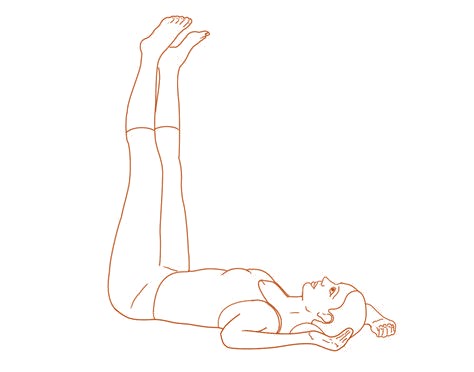
How to Practice:
- Start by laying on a mat with your legs raised up against a wall.
- Ensure your back is flat on the ground and your arms are relaxed at your sides.
- Hold this calming position for 5-10 minutes for maximum benefit.
Benefits:
- Promotes relaxation and helps with insomnia.
- Enhances blood circulation and reduces inflammation.
2. Samasthiti (Mountain Pose)
Samasthiti, or Mountain Pose, lays the foundation for stability and focus. Standing with feet hip-width apart, this pose encourages a grounded feeling, improving concentration and overall posture.
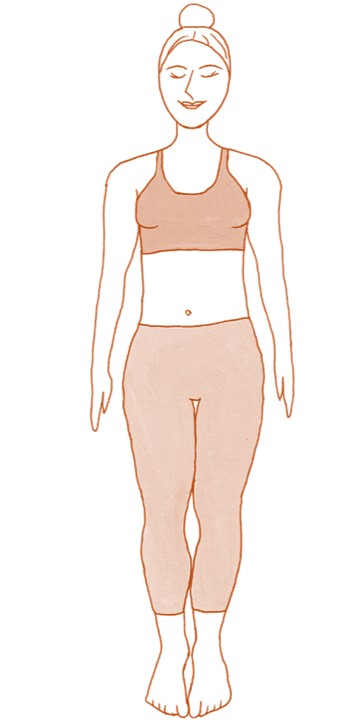
How to Practice:
- Stand tall, lifting your toes and heels before placing them back down to find balance.
- Engage your core and ensure your shoulders are relaxed.
- Maintain the pose for 5 minutes to feel centered and prepared.
Benefits:
- Increases awareness and reduces stress.
- Strengthens the core and legs while enhancing posture.
3. Adho Mukha Svanasana (Downward-Facing Dog)
A pivotal pose in yoga, Adho Mukha Svanasana, facilitates improved circulation and insulin sensitivity, making it highly beneficial for diabetes management. This invigorating pose strengthens the entire body and promotes healthy blood flow.
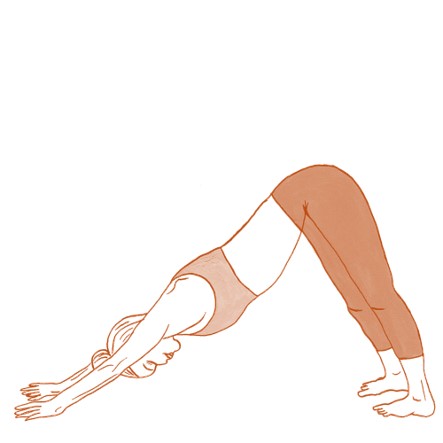
How to Practice:
- Begin on your hands and knees, then lift your hips to form an inverted V-shape.
- Keep your hands pressed firmly on the ground and aim to bring your heels down to deepen the stretch.
- Hold for 10 breaths to energize and refresh your body.
Benefits:
- Aids digestion and enhances overall circulation.
- Strengthens arms and legs while improving flexibility in the hamstrings.
4. Urdhva Mukha Svanasana (Upward-Facing Dog)
Urdhva Mukha Svanasana invigorates the upper body, stretching the chest and abdomen, and is perfect for improving posture and flexibility, crucial for those managing diabetes.
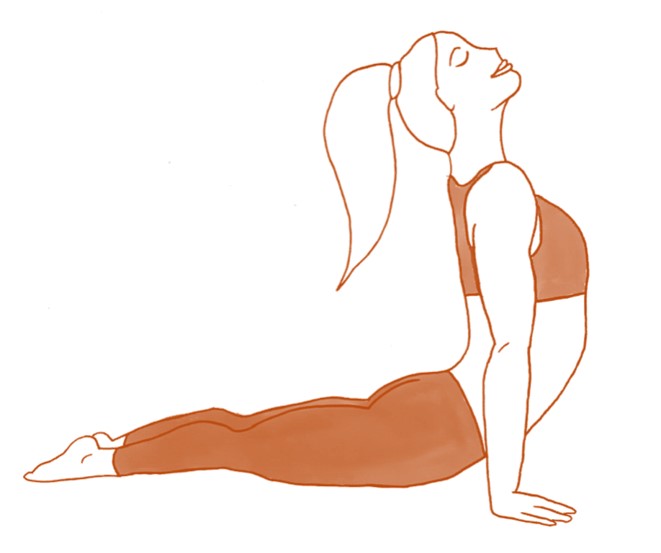
How to Practice:
- Lie prone and press your palms down next to your ribcage.
- Inhale as you straighten your arms and lift your chest off the ground, pulling your shoulders back.
- Hold for a few breaths, then release gently.
Benefits:
- Stimulates the organs of the abdomen.
- Strengthens the spine and arms, enhancing overall posture.
5. Balasana (Child’s Pose)
Balasana is a deeply soothing pose that promotes relaxation and the release of tension in the back, neck, and shoulders. Its calming effect on the mind and body makes it a vital pose for diabetes management.

How to Practice:
- Kneel on the floor with your big toes touching and sit on your heels.
- Fold forward, extending your arms in front of you, and rest your forehead on the ground.
- Stay in this serene pose for up to 2 minutes.
Benefits:
- Encourages a peaceful mental state and relieves stress.
- Gently stretches the hips, thighs, and ankles.
6. Phalakasana (Plank Pose)
For those looking to build core strength and stability, Phalakasana, or Plank Pose, is unparalleled. It challenges the body, fostering physical resilience which is essential for diabetes management.
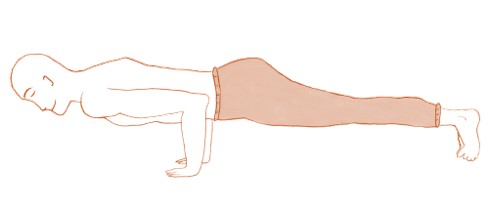
How to Practice:
- Start in a hands-and-knees position, then step your feet back to form a straight line from head to heels.
- Engage your abdominals and keep your gaze down to align your neck with your spine.
- Hold for 30 seconds, focusing on strength and balance.
Benefits:
- Enhances metabolic function and aids in back pain prevention.
- Builds endurance and strength across the entire body.
7. Supta Matsyendrasana (Supine Spinal Twist)
Supta Matsyendrasana, a gentle yet powerful twist, offers a therapeutic effect on the abdominal organs, aiding in the regulation of blood sugar levels. This pose is ideal for enhancing flexibility in the spine and hips while promoting relaxation.
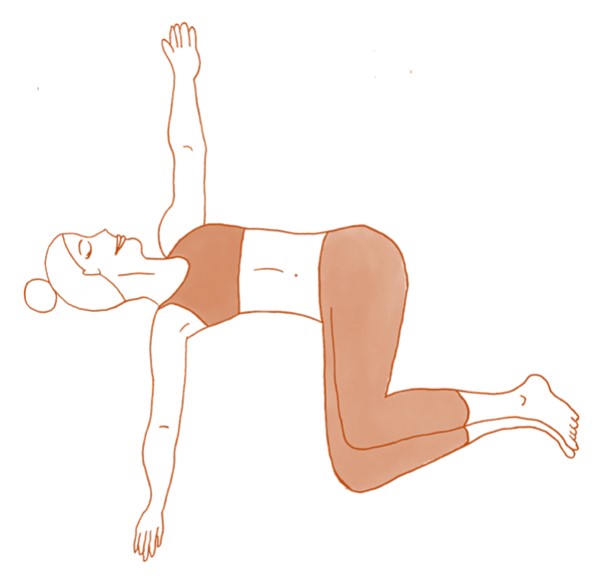
Practice Guide:
- Lie on your back, drawing your knees to your chest.
- Gently twist your legs to one side, keeping shoulders pressed to the floor for a full spinal twist.
- Hold for 30 seconds, then switch sides to ensure balance in the stretch.
Target Areas:
- Focuses on the spine, hips, and inner thighs.
Ideal Timing:
- Morning to energize or evening to unwind.
Benefits:
- Boosts digestion, eases back pain, and calms the mind.
8. Dhanurasana (Bow Pose)
Dhanurasana is particularly effective for those managing type 2 diabetes. By opening up the chest and abdomen, it stimulates the abdominal organs and helps reduce blood sugar levels. Additionally, it strengthens the back and improves posture.

Practice Guide:
- Start by lying on your stomach, then bend knees and hold ankles.
- Lift your torso and thighs off the floor, entering the pose.
- Maintain for up to 30 seconds before releasing gently.
Target Areas:
- Works on the back, shoulders, chest, and legs.
Ideal Timing:
- Best practiced in the morning for an energy boost.
Benefits:
- Enhances digestion, relieves stress, and strengthens the back.
9. Paschimottanasana (Seated Forward Bend)
Paschimottanasana is a forward bend that calms the mind and stretches the spine and hamstrings. It’s known for aiding in weight management and relieving stress, making it a valuable pose for diabetes control.
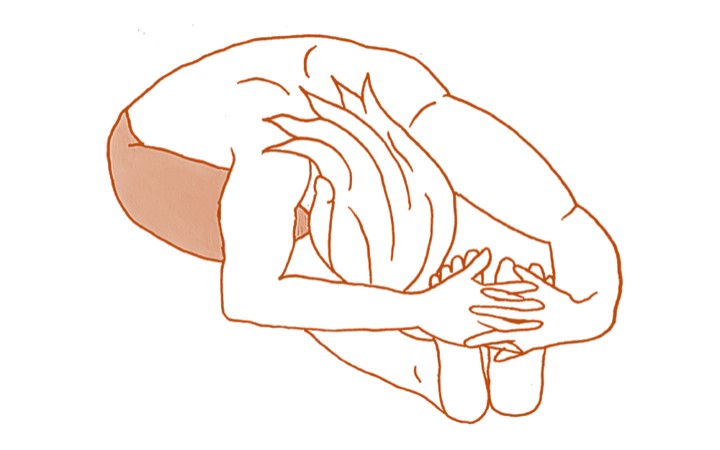
Practice Guide:
- Sit with legs extended, inhale and lengthen the spine.
- Exhale and gently fold forward from the hips, reaching toward the feet.
- Hold for 3 minutes, focusing on a deep stretch rather than distance.
Target Areas:
- Stretches the hamstrings, lower back, and hips.
Ideal Timing:
- Perfect for morning or evening practice.
Benefits:
- Stimulates the digestive system and calms the mind.
10. Setu Bandha Sarvangasana (Bridge Pose)
Bridge Pose is excellent for relieving stress and improving circulation. It stretches the spine and opens the chest, helping to alleviate the mental strain associated with diabetes management.
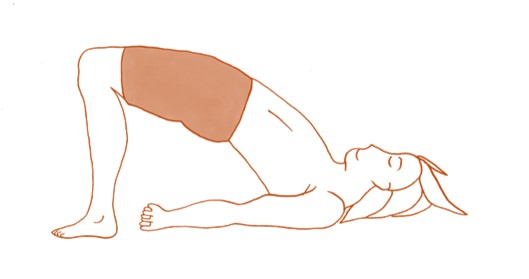
Practice Guide:
- Lie on your back with knees bent, feet on the floor.
- Lift your hips high, clasping hands under your back.
- Hold for up to 1 minute, then gently release.
Target Areas:
- Targets the lower back, glutes, and thighs.
Ideal Timing:
- Morning or evening to refresh or relax.
Benefits:
- Reduces anxiety, improves spinal flexibility, and stimulates thyroid function.
11. Shavasana (Corpse Pose)
Shavasana, the final relaxation pose, is crucial for integrating the benefits of your yoga practice. It allows the body to absorb the energy and rejuvenation provided by the poses, reducing stress and enhancing mental clarity.
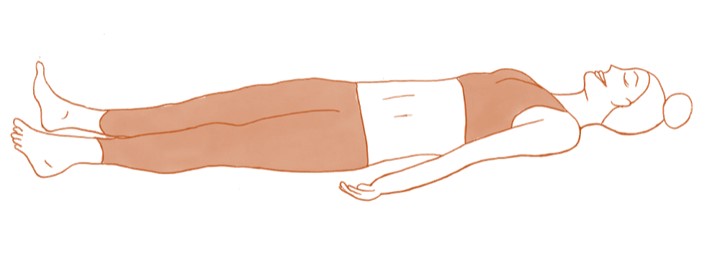
Practice Guide:
- Lie flat on your back, letting your feet fall open, arms by your side.
- Breathe deeply, allowing your body and mind to completely relax.
- Stay in this pose for up to 5 minutes.
Target Areas:
- Focuses on relaxing the entire body and mind.
Ideal Timing:
- Best performed at the end of your yoga session.
Benefits:
- Promotes deep relaxation, reduces stress, and improves mental well-being.
12. Bhujangasana (Cobra Stretch)
Bhujangasana, a foundational pose, strengthens the back, shoulders, and abdomen, while stimulating the digestive and reproductive systems—key for managing diabetes effectively.
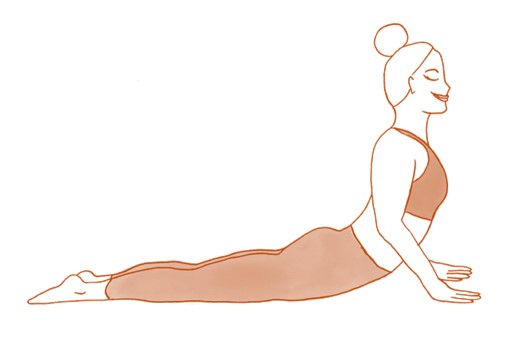
How to Practice:
- Begin face down, hands beneath shoulders, elbows close.
- Engage your legs, pressing them into the floor.
- Inhale, lifting your chest, holding for a few breaths with relaxed shoulders.
- Exhale to gently release, repeating for 5-6 rounds.
Best Time to Practice:
- Morning, on an empty stomach, for optimal energy and control.
Benefits:
- Reduces stress, enhances spinal flexibility, and improves posture.
13. Tadasana (Upward Salute)
Tadasana, the cornerstone of all standing poses, fosters a sense of stability and alignment, crucial for grounding and improving posture—a simple yet powerful tool in the yoga for diabetes regimen.

How to Practice:
- Stand feet hip-width or together, evenly distributing weight.
- Engage your leg muscles, drawing shoulder blades back.
- Hold for 30-60 seconds, focusing on your breath and the sensation of being grounded.
Best Time to Practice:
- Ideal for morning practice to kickstart your day with balance and focus.
Benefits:
- Enhances concentration, reduces stress, and strengthens core stability.
14. Mandukasana (Frog Pose)
Mandukasana is a seated stretch that targets the hips and groin, stimulating the digestive system and improving circulation—factors beneficial in managing diabetes.
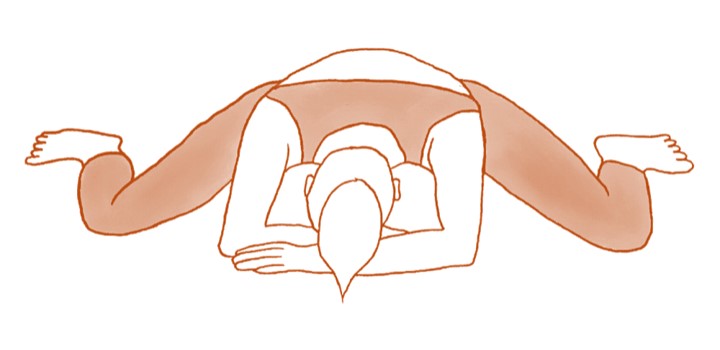
How to Practice:
- Begin in tabletop, then widen your knees as far as comfortable, keeping feet together.
- Lower your hips towards the ground and rest on your forearms, holding for 30-60 seconds.
- Gently come back to tabletop, repeating 3-4 times.
Best Time to Practice:
- Evening practice to enhance lower body flexibility.
Benefits:
- Stretches the inner thighs, relieves stress, and improves digestive health.
15. Chakrasana (Wheel Pose)
Chakrasana, an invigorating backbend, strengthens the entire body and stimulates the pancreas, making it a powerful pose for insulin regulation in diabetes management.
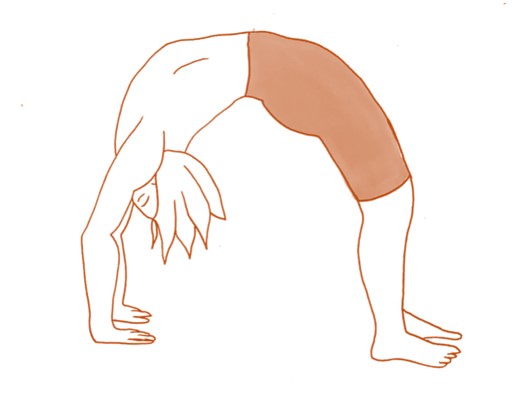
How to Practice:
- Lie on your back, knees bent, hands by your ears with fingers pointing towards your shoulders.
- Press into your palms and feet, lifting into the pose, holding for 15-30 seconds.
- Slowly lower back down, repeating 3-4 times.
Best Time to Practice:
- Morning, to energize your body and mind.
Benefits:
- Boosts energy, strengthens the body, and aids in stress reduction.
16. Halasana (Plow Pose)
Halasana promotes relaxation and stimulates the thyroid and parathyroid glands, offering a stretch that benefits the spine and aids in stress management for diabetes care.

How to Practice:
- Start on your back, lifting your legs over your head to touch the floor behind, holding for several breaths.
- Carefully return to the starting position, practicing 2-3 times.
Best Time to Practice:
- Morning, to awaken and revitalize the body.
Benefits:
- Enhances spinal flexibility, calms the nervous system, and promotes relaxation.
17. Ardha Matsyendrasana (Half Fish Pose)
This seated twist aids in digestion and spinal health, critical for detoxification and stress relief in diabetes management.
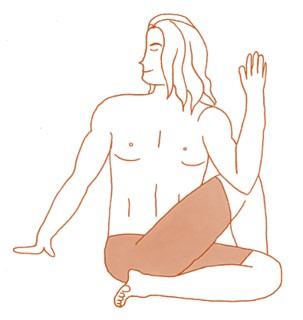
How to Practice:
- Sit with legs extended, bending one leg over the other.
- Place the opposite arm on the outside of the bent knee, twisting your torso, holding for several breaths.
- Repeat on the opposite side for balance.
Best Time to Practice:
- Morning, to stimulate digestion and promote spinal flexibility.
Benefits:
- Aids in detoxification, relieves stress, and stretches the spine.
Conclusion
Integrating yoga into your daily routine can offer numerous benefits for diabetes management. From improving insulin sensitivity to enhancing physical and mental wellness, yoga poses for diabetes are a holistic approach to health care. Remember, consistency is key, and a balanced diet, along with regular medical consultations, should accompany your yoga practice.
For individuals newly diagnosed with diabetes or looking to manage their condition more effectively, embracing yoga can lead to significant improvements in health and well-being. Start your journey today and discover the transformative power of yoga for diabetes management.
References:
- “Prediabetes and type 2 diabetes mellitus: evidence for effect of yoga”, Indian J Endocrinol Metab.
- Miller CK, Kristeller JL, Headings A, Nagaraja H, Miser WF. (2012). “Comparative effectiveness of a mindful eating intervention to a diabetes self-management intervention among adults with type 2 diabetes: a pilot study”, J Acad Nutr Diet.
- Shalinee, Mishra D, Kamal K, Gupta AK, Sharma KK. (2012). “Shankhaprakshalana: a yogic karma for purification”, Int J Ayurvedic Herb Med.
- Sreedevi A, Gopalakrishnan UA, Karimassery Ramaiyer S, Kamalamma L. (2017). “A randomized controlled trial of the effect of yoga and peer support on glycemic outcomes in women with type 2 diabetes mellitus: a feasibility study”, BMC Complement Altern Med.



















